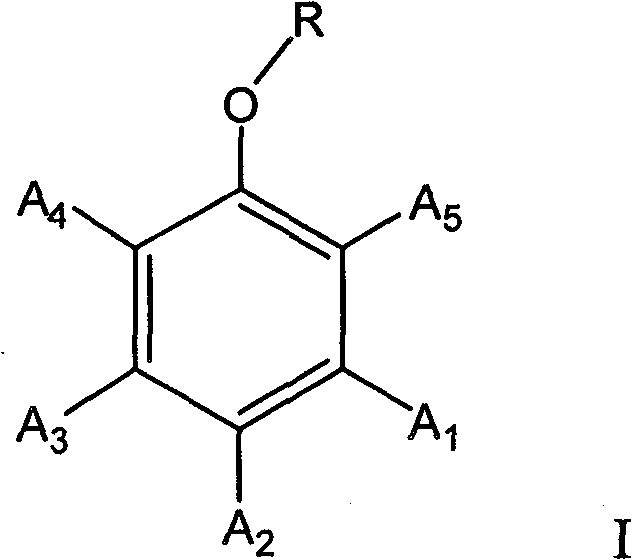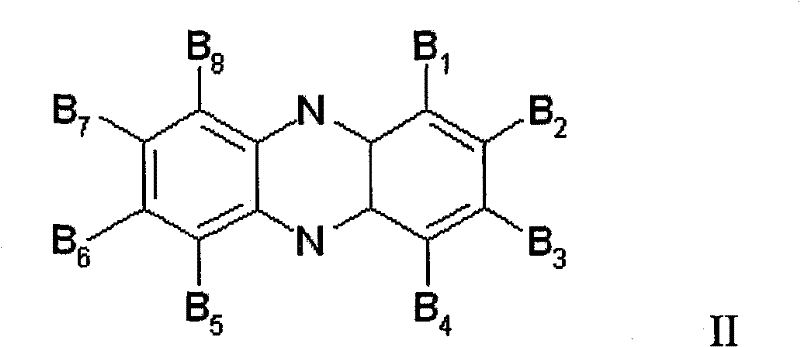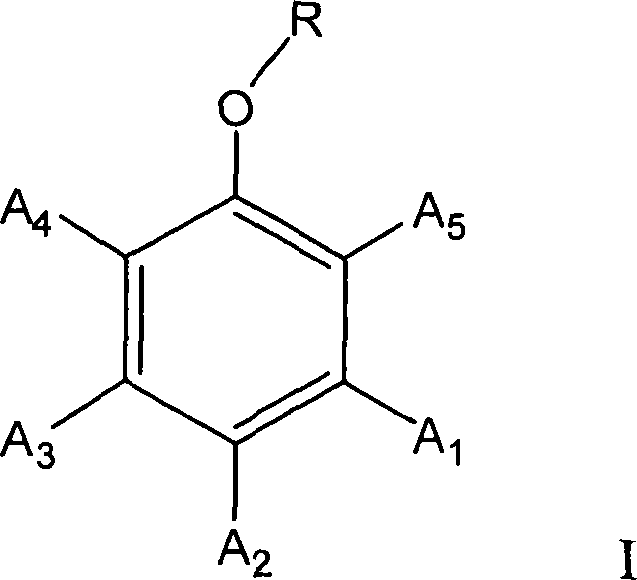Electrolyte for lithium ion secondary battery and battery containing the electrolyte
A secondary battery and electrolyte technology, which is applied in the field of electrolyte, can solve problems such as poor safety performance, and achieve the effects of improved safety performance, improved battery safety performance, and good cycle performance
- Summary
- Abstract
- Description
- Claims
- Application Information
AI Technical Summary
Problems solved by technology
Method used
Image
Examples
preparation example Construction
[0057] The preparation methods of the positive electrode and the negative electrode can adopt various methods known to those skilled in the art.
[0058] According to the lithium ion battery provided by the present invention, the separator layer is arranged between the positive electrode and the negative electrode, has electrical insulation performance and liquid retention performance, and is sealed in the battery casing together with the positive electrode, the negative electrode and the electrolyte. The separator layer can be selected from various separator layers used in lithium ion batteries known to those skilled in the art, such as polyolefin microporous membranes, modified polypropylene felt, polyethylene felt, glass fiber felt, and ultra-fine glass fiber paper. Vinylon felt or nylon felt and wettable polyolefin microporous film are welded or bonded together.
[0059] According to the lithium ion battery provided by the present invention, the preparation method of the batter...
Embodiment 1
[0062] 1. Preparation of electrolyte
[0063] LiPF 6 Add 1-methyl-3-ethylimidazole hexafluorophosphate (EMI-PF 6 ) Prepare a solution in an ionic liquid (Aldrich Chemical Company), and then add naphthalene and 4-fluoroanisole to the solution to obtain an electrolyte. In this electrolyte, LiPF 6 The concentration of is 1mol / L, the content of naphthalene is 1% by weight, and the content of 4-fluoroanisole is 1.5% by weight.
[0064] 2. Preparation of lithium ion secondary battery
[0065] (1) Preparation of positive electrode
[0066] 100 parts by weight of LiFePO 4 , 3.5 parts by weight of adhesive polyvinylidene fluoride (PVDF) and 4.5 parts by weight of conductive agent acetylene black are added to 70 parts by weight of N-methylpyrrolidone (NMP), and then fully stirred and mixed in a vacuum mixer to make it evenly Positive electrode slurry. Use a coater to uniformly coat the obtained positive electrode slurry on a 20μm thick aluminum foil conductive substrate, dry it at 130°C, cut ...
Embodiment 2
[0072] 1. Preparation of electrolyte
[0073] LiPF 6 , Add 1-methyl-3-ethylimidazole tetrafluoroborate (EMI-BF 4 ) Prepare a solution in an ionic liquid (Aldrich Chemical Company), and then add naphthalene and 4-fluoroanisole to the solution to obtain an electrolyte. In this electrolyte, LiPF 6 The concentration of is 1mol / L, the content of naphthalene is 1% by weight, and the content of 4-fluoroanisole is 1% by weight.
[0074] 2. Preparation of lithium ion secondary battery
[0075] The lithium ion secondary battery was prepared according to the method described in Example 1, and a lithium ion secondary battery with a model number of 053450A was obtained, and the design capacity of the battery was 650mAh.
PUM
| Property | Measurement | Unit |
|---|---|---|
| electrical conductivity | aaaaa | aaaaa |
Abstract
Description
Claims
Application Information
 Login to View More
Login to View More - R&D
- Intellectual Property
- Life Sciences
- Materials
- Tech Scout
- Unparalleled Data Quality
- Higher Quality Content
- 60% Fewer Hallucinations
Browse by: Latest US Patents, China's latest patents, Technical Efficacy Thesaurus, Application Domain, Technology Topic, Popular Technical Reports.
© 2025 PatSnap. All rights reserved.Legal|Privacy policy|Modern Slavery Act Transparency Statement|Sitemap|About US| Contact US: help@patsnap.com



